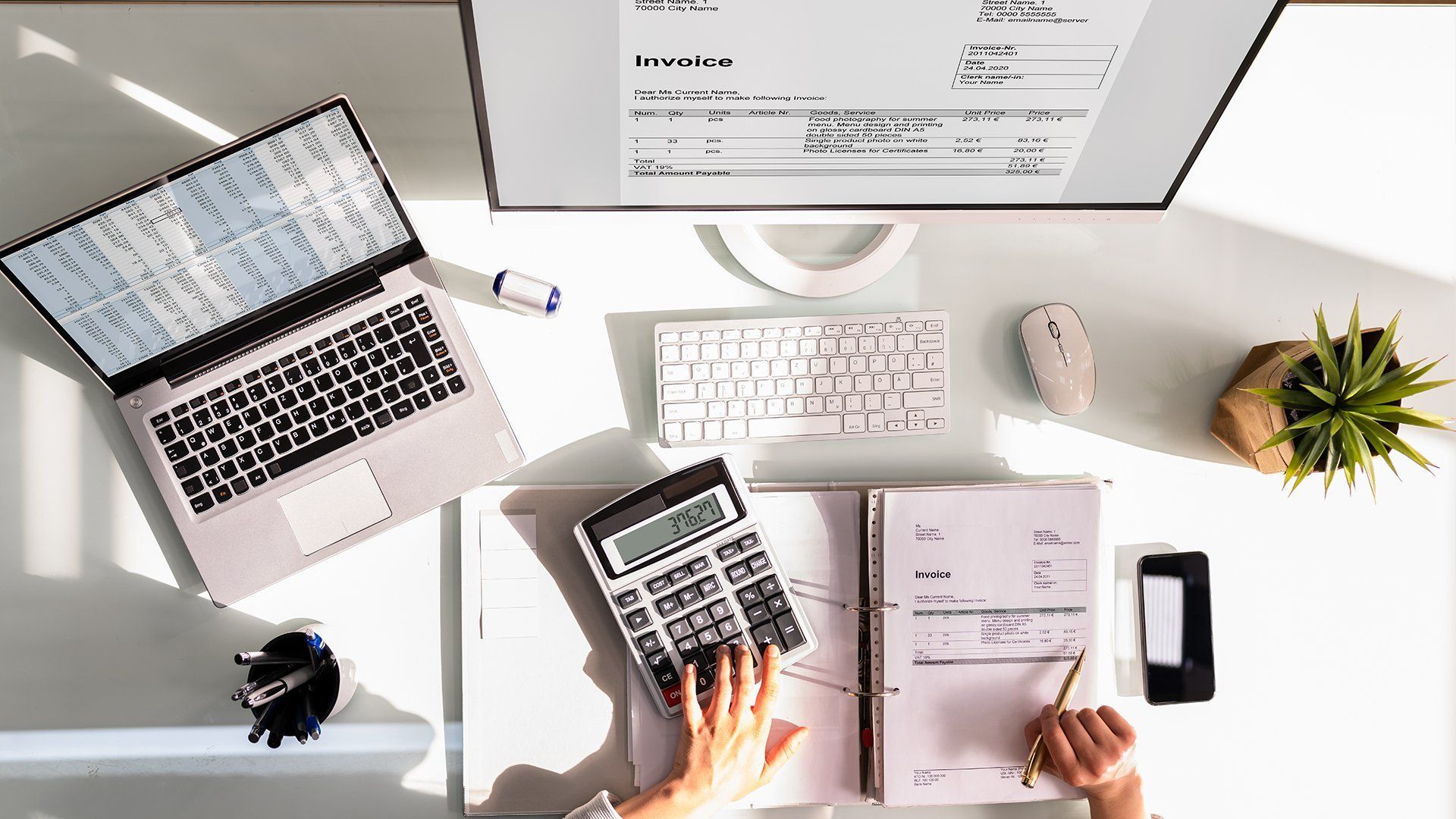The E‑Invoice is coming – are you prepared for it?

Last Friday, the German parliament passed e‑invoicing as a mandatory standard. A reason to sit up and take notice or sit back and relax – depending on how you can implement the following three recommendations.
The law in its current form provides for a fundamental obligation to issue invoices electronically from 1 January 2025. Although it offers a number of transitional provisions, it is undisputed that from this date, all domestic business invoice recipients must be able to receive and process electronic invoices in accordance with the new requirements.
The e‑invoice is therefore coming – not overnight, but staggered over time and yet in large steps. Conversely, this also means that companies will have to deal with incoming invoices in a wide variety of formats over a long period of time. They will receive invoices on paper, as PDFs by email, via EDI and in various e‑invoice formats – from Germany, primarily XRechnung and ZUGFeRD. As more and more countries are making e‑invoicing mandatory, a number of existing or planned international formats are being added. The first question you should therefore ask yourself is: Can our current solution for automated invoice processing efficiently process all these formats according to standardised specifications in a common process? If not, you will not want to initiate additional – possibly manual – processes for individual formats.
Good tools for the automated processing of incoming invoices can process common formats from Germany such as ZUGFeRD and XRechnung just as easily as existing or future international formats. This also includes a reliable content check. Our customers report the occurrence of incorrect e‑invoices: For example, with ZUGFeRD invoices, there are always discrepancies between the information on the PDF document and in the data record. The software modules for creating e‑invoices are still young on the sender side and need to familiarise themselves first. So the second question is: Can our solution for automated invoice processing also check e‑invoices in depth for plausibility and correctness? To put it simply: you will want to check at least everything that you already check today in the future. As the structured transmission of data eliminates potential reading errors, the checks concentrate more on content-related checks such as comparison with master data, order references, etc.
Even today, the music in invoices also plays in the attachments such as delivery notes, material test certificates or similar. Unfortunately, e‑invoice formats do not offer any improvement here – on the contrary, they ensure that part of the data now has to be processed in structured form and another part in unstructured form as a document. The third question is therefore: Can our solution for automated invoice processing also process other incoming documents in addition to invoices efficiently and securely? Because let’s be honest: a great solution for e‑invoices is of little use if it capitulates to attachments.
If you can answer all three questions with a resounding yes, for example because you are using smart INVOICE from Insiders Technologies, you can sit back, relax and look forward to the growing volume of e‑invoices. You will benefit from faster and better quality processing.
If you couldn’t answer all three questions with a resounding yes, now is the time to purchase a modern solution for automated invoice processing. We will be happy to explain which solutions Insiders can offer you in a personal meeting at any time.
E‑invoicing is coming and that’s a good thing. Whether you can sit back and relax or not ultimately depends on the quality of your solution for automated invoice processing and therefore ultimately on you.
If you have any questions about e‑invoicing and your potential invoice processing solution, please contact us and visit our Invoice page.